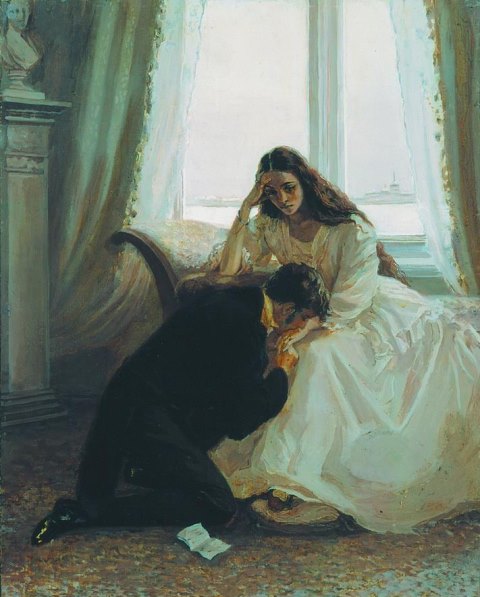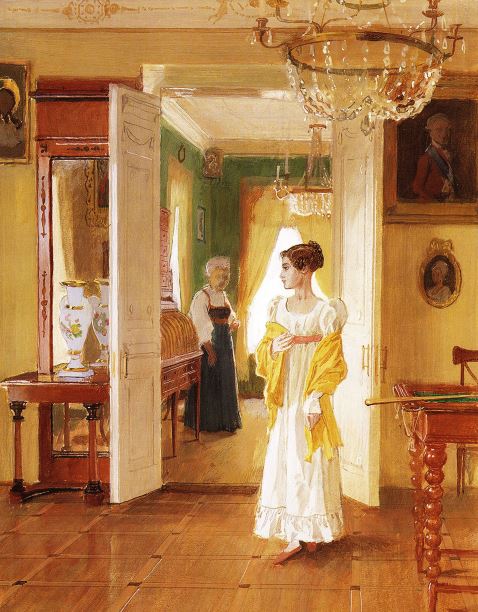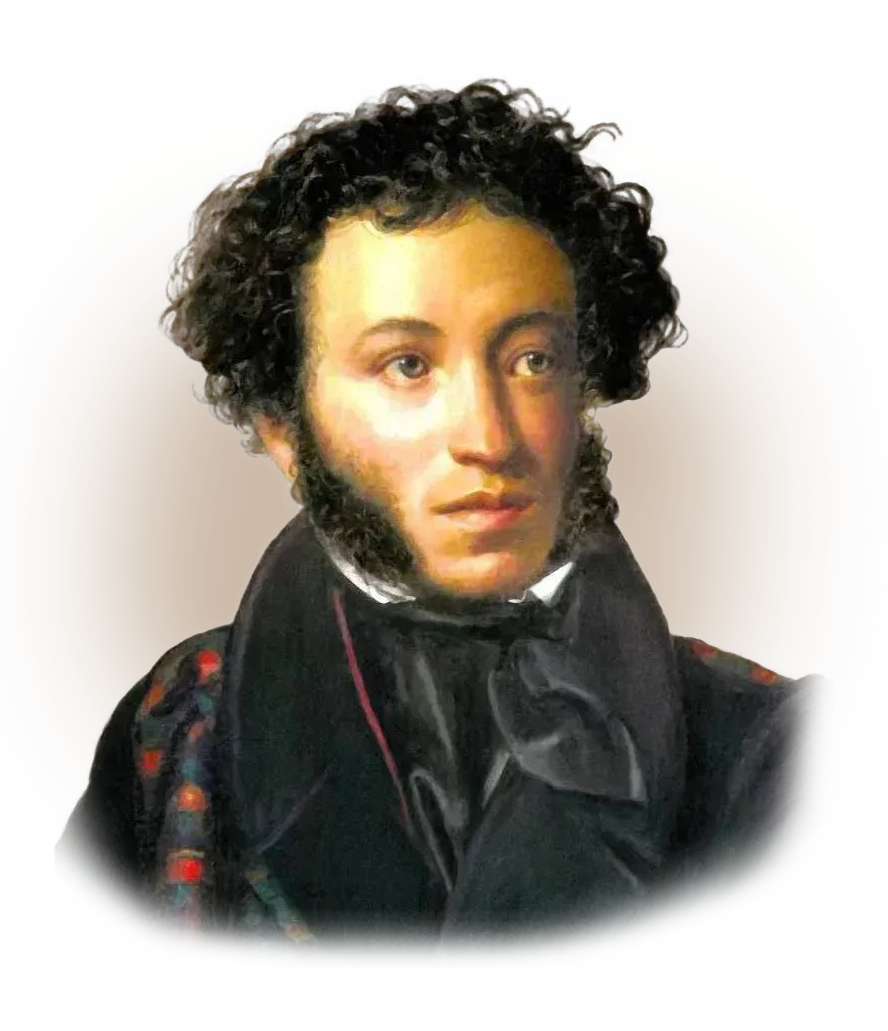
06.01.2023
Alexander Sergeevich Pushkin’s novel “Eugene Onegin” can rightfully be considered one of the most striking works of the era. The time at which the novel was written is fully reflected in the atmosphere and structure of the novel.
The history of the creation of “Eugene Onegin” is a painstaking work on the crown of Russian literature.
Time of writing
The plot of the work unfolds in the period from 1819 to 1825. The epoch of the creation of “Eugene Onegin” is fully reflected in the work and covers not only historical events, but psychological portraits of the heroes of that time. The author himself notes that the creation of the work was not easy for him. He writes that “Eugene Onegin” is “the fruit of the mind of cold observations,” but at the same time “the sorrowful notes of the heart” reflect Pushkin’s deep immersion in the study and analysis of the manners of the nobility, his emotional experiences.
The year of writing the work is not a clear date. Work on “Eugene Onegin” begins in the spring of 1823. At this time, Alexander Sergeevich is in the city of Chisinau, in exile. The author finished the novel already after the first chapters were published in a magazine fashionable at that time. The work on the work was completed in 1830 in Boldin.
The novel reflects the first half of the XIX century. After the defeat of Napoleon’s army, during the campaigns of Russian soldiers, society in Russia actively developed under the leadership of the ruler Alexander I. It is at this time that the plot of the novel unfolds.



The structure of the novel
“Eugene Onegin” was the author’s transition from writing in the style of romanticism to the style of realism. The novel includes 8 separate chapters. Each of them is a fully completed passage. The novel has an “open structure”. Each of the chapters could be the finale, but the narrative continues in a new chapter. With the help of this technique, Pushkin tried to draw attention to the fact that each of the chapters is independent and integral, the author himself defines the novel as a “collection of motley chapters”
Initially, 9 chapters were planned as part of the work. The part about the main character’s journey was supposed to be the eighth in a row. It was written, but at the last moment Pushkin decided to delete it from the book.
“Eugene Onegin” – encyclopedia of Russian life
The novel in verse has become a real treasure of classical literature, because thanks to “Eugene Onegin” it is possible to understand exactly how representatives of the described stratum of society lived at that time. Literary critics, researchers, representatives of Russian literature call “Eugene Onegin” a textbook novel. V. G. Belinsky wrote about the novel that it can be considered an encyclopedia of life in Russia of that era.
The novel, which is presented to the reader as a love story, is full of details and descriptions of the life of the nobles of the XIX century. It describes in a very broad and accessible way the details of everyday life, the characters that were inherent in that era. The complexity of the plot and the beauty of the composition attract the reader and immerse them in the atmosphere of time. The history of the creation of the work can be attributed to the author’s deep study and understanding of life in general. The life of Russia at that time is truly reflected in “Eugene Onegin”. The novel describes how the nobles lived and what they wore, what was in fashion and what values were revered at that time. The author briefly described peasant life in the village. Together with the author, the reader is transported to both lordly Moscow and elegant St. Petersburg.




